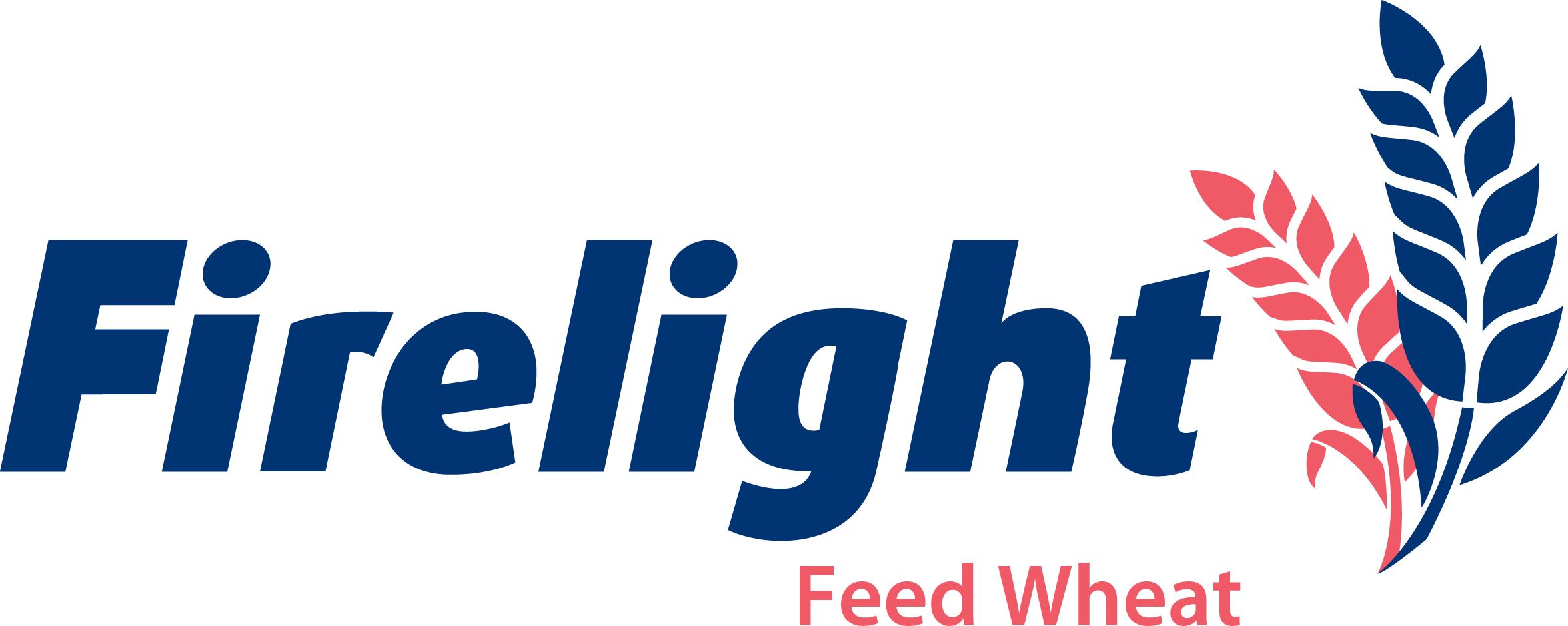Firelight Feed Wheat

- High yield potential under a wide sowing window – April until June (medium vernalisation requirement)
- Well suited to Canterbury and Southland including dryland sites
- Good disease resistance profile, especially for Septoria leaf blotch
- A consistent performer in second year wheat trials
Description
FIRELIGHT is an exciting winter feed wheat cultivar bred by Limagrain UK and further developed by PGG Wrightson Grain (PGW Grain). It has a unique rich green leaf and ear colour, a spreading plant habit, medium height and moderate straw stiffness. FIRELIGHT produces a hard endosperm grain with acceptable grain quality characteristics for feed use.
GRAIN QUALITY
|
Canterbury |
Southland |
Lower North Island |
|---|---|---|---|
| Kernel weight (1000 seed weight) | 46 | 46 | 42 |
| Test weight (kg/hl) | 71 | 70 | 68 |
| Protein content (%) (N% x 5.7) | 9.9 | 9.4 | 10.2 |
| Screenings (%) | 1.2 | 1.2 | 1.1 |
TIME OF DRILLING
The full yield potential of FIRELIGHT is most likely to be achieved from an early drilling window of late March to late April. Due to its medium vernalisation requirement, it will also produce good yields from May and June plantings.
SPEED OF DEVELOPMENT
Month Planted |
Typical heading dates for FIRELIGHT in Canterbury |
| Late March | Early November |
| Late May | Late November |
| Late June | Early December |
FIRELIGHT is an intermediate maturing cultivar.
SEED RATE AND TILLERING CHARACTERISTICS
FIRELIGHT has good tillering capacity, and target plant populations should be in the mid–range appropriate for differing sowing dates.
SOIL TYPE, ROTATION AND GEOGRAPHY
FIRELIGHT has shown that it can perform well under a range of different soil types and environments, especially in Canterbury and Southland. FIRELIGHT, in trials to date, has yielded very well under irrigation and topped the rainfed/dryland locations.
DISEASE RESISTANCE
FIRELIGHT has good resistance to Septoria leaf blotch and stripe rust, intermediate resistance to mildew and susceptible to leaf rust. In the 2019-2022 PGW Grain fungicide trials, FIRELIGHT produced the highest untreated yields and fungicide responses of 0.5-2.8 t/ha. In 2023-2025 trials, under higher leaf rust pressure, FIRELIGHT produced a fungicide responses of 2.8-7.7 t/ha. Considering this disease profile, a moderate to high fungicide programme is recommended with a focus on leaf rust and Fusarium head blight control. Please contact your local PGW Representative for site-specific recommendations.
Disease |
PGW Grain disease nursery ratings
|
|---|---|
| Stripe rust | 9 |
| Leaf rust | 2 |
| Septoria leaf blotch | 8 |
| Powdery mildew | 7 |
| Fusarium head blight | 6 |
STRAW STRENGTH AND HEIGHT
FIRELIGHT is a medium height cultivar with moderate standing power. In the 2021/22 PGW Grain plant growth regulator (PGR) trial, in the absence of lodging, FIRELIGHT displayed a moderate response to a range of PGR programmes with a high input programme (Cycocel + Moddus Evo at GS 30 and GS 32) providing the greatest height reduction. The use of PGRs is recommended, with the actual programme determined by a combination of sowing date, seed rate, nitrogen use, crop thickness and yield potential. As with any cultivar, do not apply if the crop is under any form of stress. Please contact your local PGW Representative for site specific recommendations.



